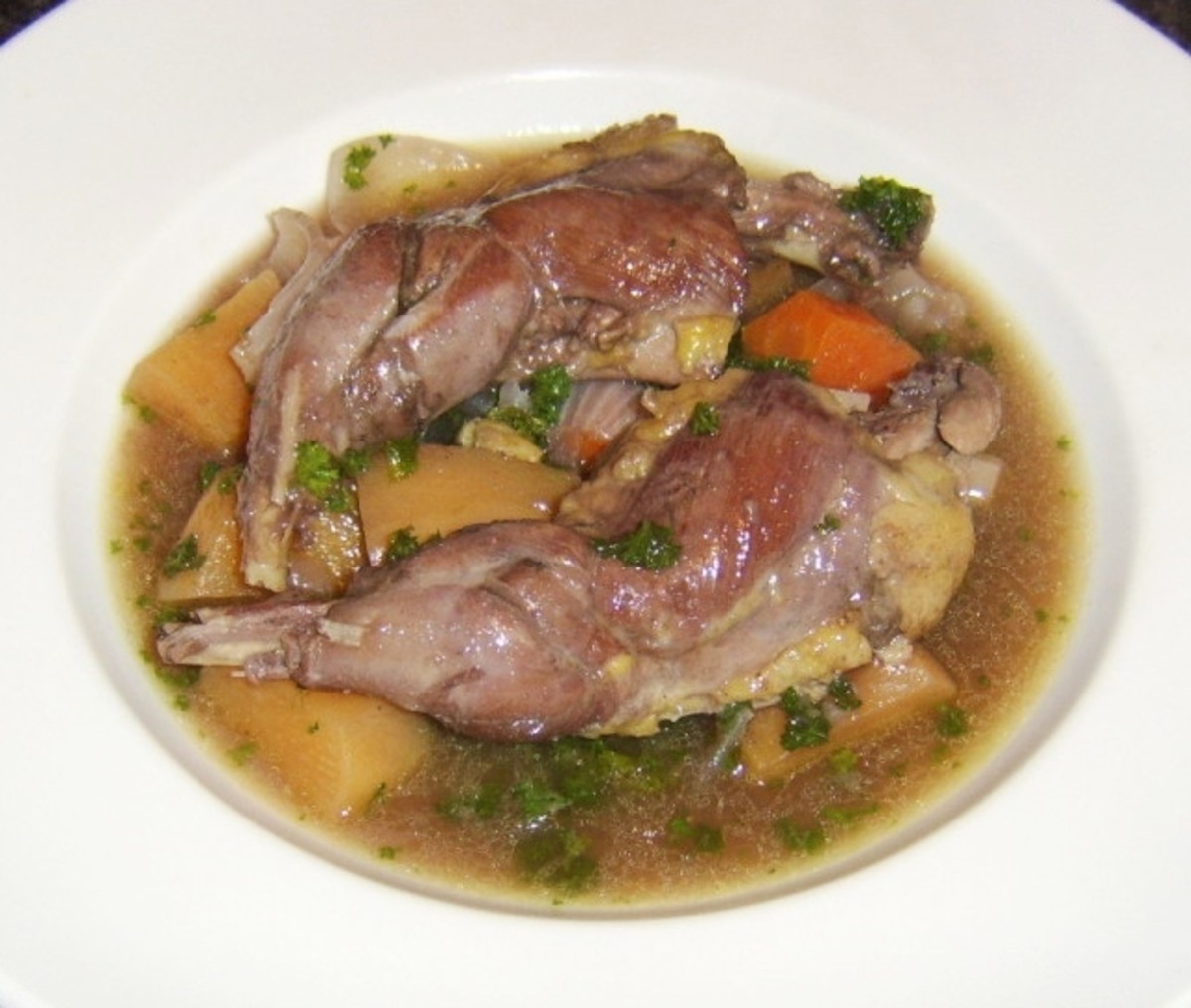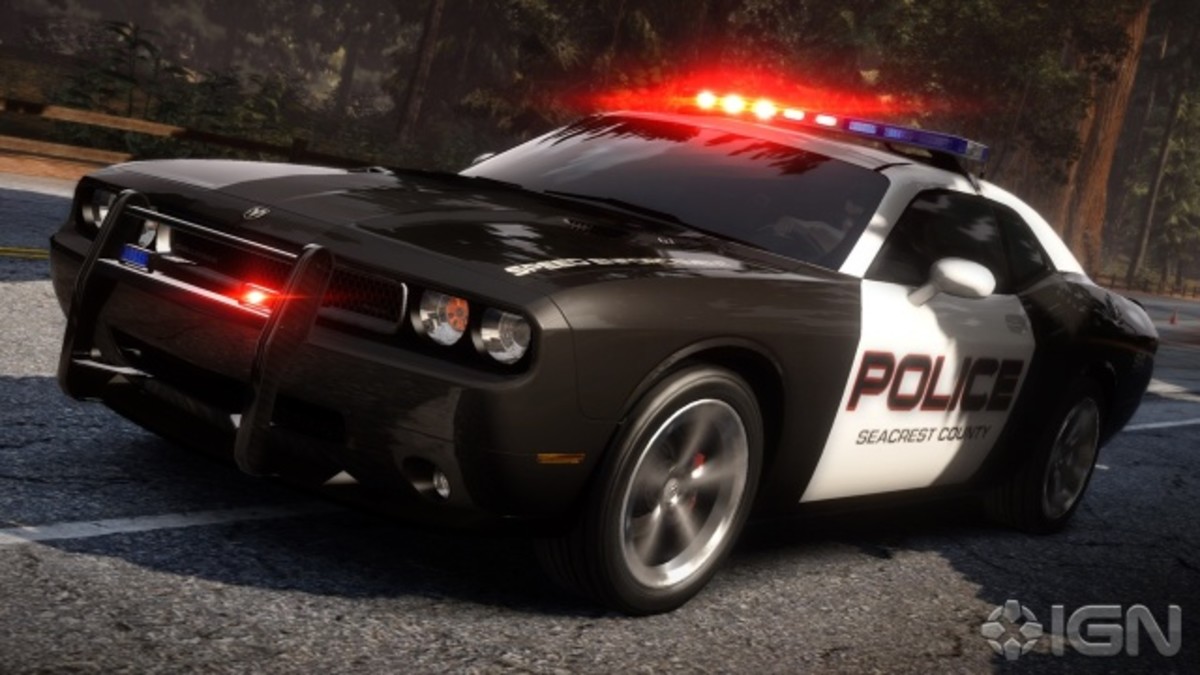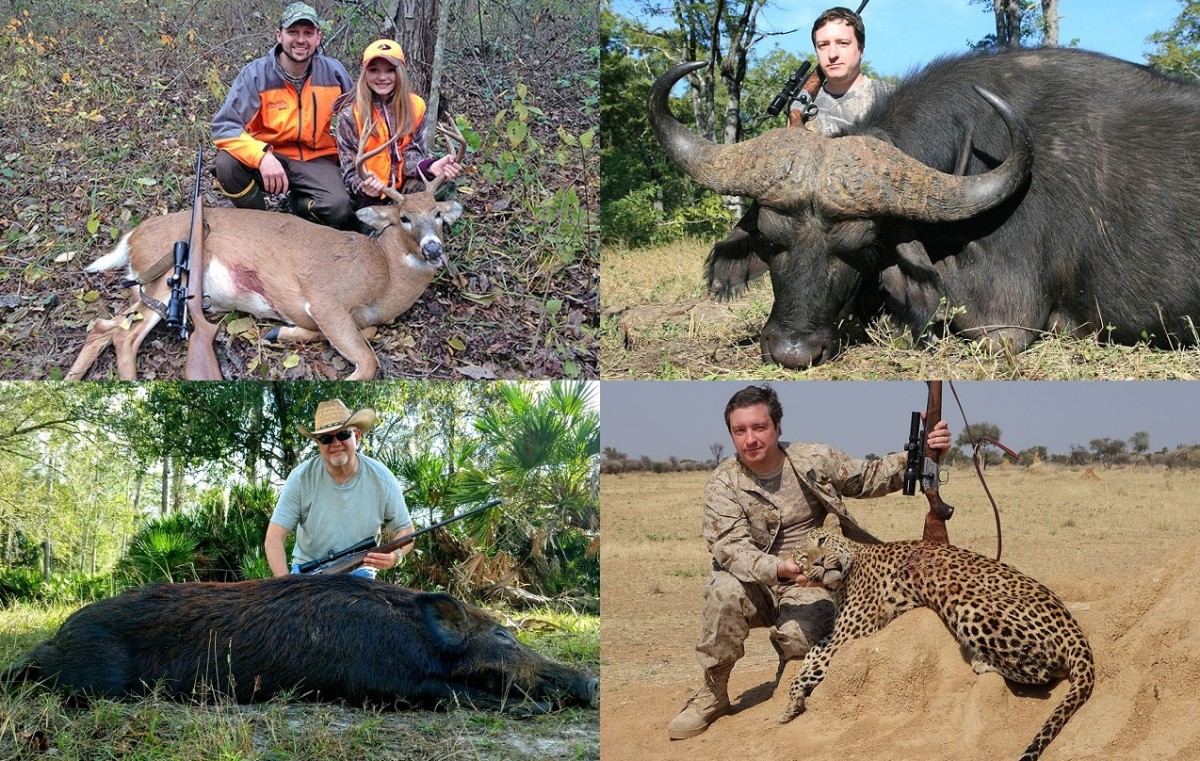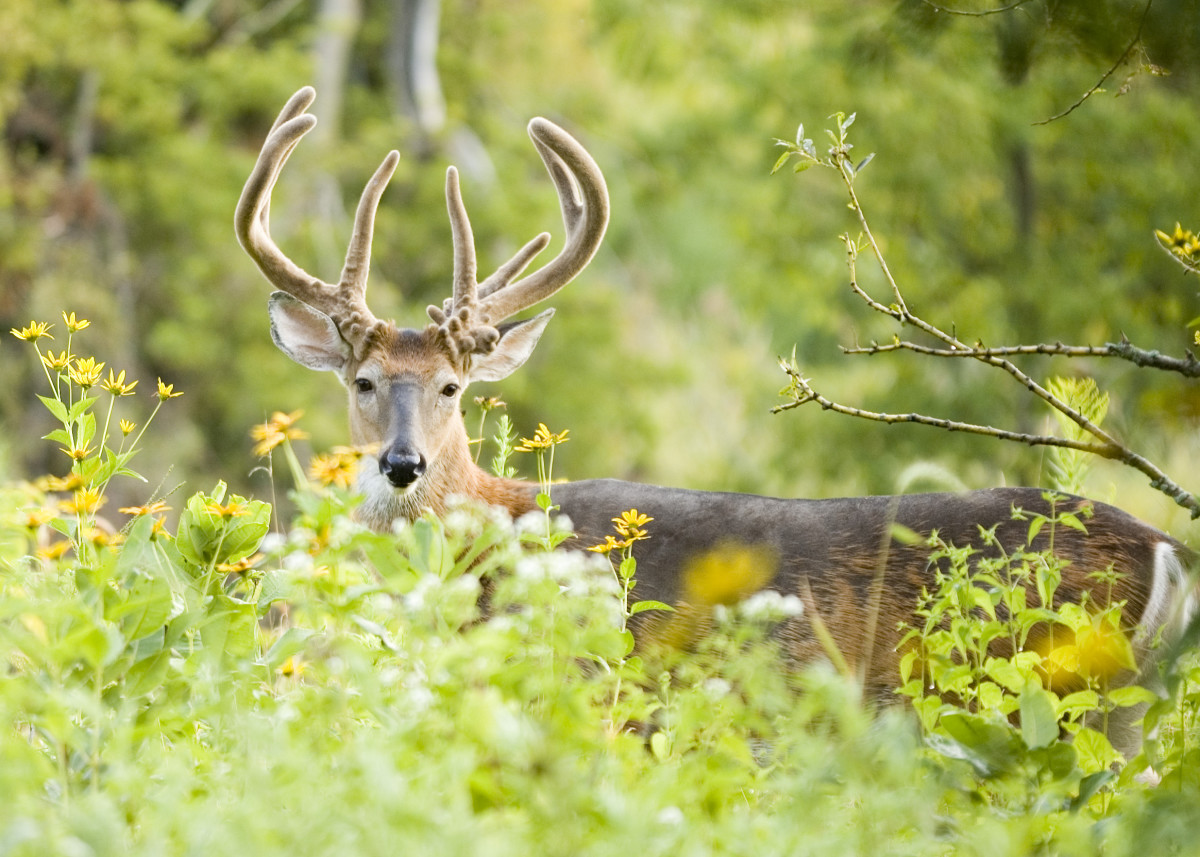Top 10 Pheasant Hunting Tips
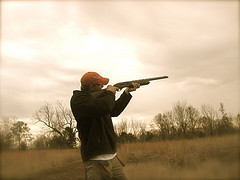
Pheasant Hunting Links
- Pheasant Hunting Tips and Strategies
This hub discusses all things related to pheasant hunting. - How to Hunt Pheasants Successfully | eHow.com
A quick article to get you started with pheasant hunting. - How to Train a Pointer to Hunt Pheasants | eHow.com
A basic article on training your pointer to hunt pheasants.
Tip Number 1: Always push to flush.
The pheasant hunter should always plan his hunt with this tip in mind. Search the environment for things you can use to your advantage in convincing wary roosters to flush rather than run. The concept of natural conception is very relevant to pheasant behavior. Fifty years ago, pheasants were relatively easy to convince to flush. But, as these easily flushed pheasants were killed off by hunters, the pheasants that did not flush survived and their offspring slowly developed a tendency to run or hide instead of fly. Now, hunters get lucky with a few dumb birds, but most roosters are going to need some encouragement to flush. Think like a pheasant and always push them in a direction that will leave them with little option but to flush. Usually this will mean pushing them toward a place where their cover ends such as a barren field or a body of water. Other options are to use blockers on the far end of a field to convince the birds they are surrounded.
Tip Number 2: First find food, then find cover.
Pheasants can find some food in the natural plants that make up good cover, but in most cases pheasants will be in the cover that is closest to picked agricultural fields. Given the choice between a plot of cover far away from any farm food and one bordering a cornfield or other grain pheasants will tend to be more concentrated in the cover near food. This is particularly true in the mornings and evenings when they are more likely to be feeding and will dodge into the cover when predators are spotted.
Tip Number 3: Find a good spot, then hunt where nobody else would go.
If you are hunting public land, find a good plot of land (one with food and cover) and hunt those areas of the land that are less likely to be heavily hunted. Potential areas include small thick patches of cover other hunters may pass over, heavy cover such as thick cattails that other hunters don't have the energy or will power to hunt, or even groves and wind rows that the average hunter wouldn't think to hunt. This strategy will become more and more important as the season drags on and hunting pressure increases. Those birds still alive will be wary of heavily hunted areas.
Tip Number 4: Hunt the ridgelines at midday.
During midday, roosters often congregate on hilltops and ridge lines to sun themselves. Many hunters will still be concentrating on the cover while many roosters will be in light cover at a high spot. This tip usually rings true on sunny and warm days.
Tip Number 5: Wait until the crop is picked, or hunt the crop.
Unfortunately for most hunters, when the crops are unpicked the birds will tend to be using them as cover rather than the natural cover hunters are typically stuck with on public lands. Your best bet is to be the first one that hunts the cover after adjacent fields are picked, or to get permission to hunt the crops themselves. Still, the most successful time of the year is when all the crops are picked so there is a huge reduction in potential cover for the roosters to use.
Tip Number 6: During bad weather, hunt thick cover.
As a general rule, pheasants will head to thick cover if the whether becomes bad. Examples of bad weather can include rain, but a good snowstorm and cold temperatures are more likely to push them into the thickest cover. You may have to nearly step on them to convince them to flush, but they will be there and will be more concentrated.
Tip Number 7: Train and use a dog
This tip is pretty obvious, but so important that it couldn't be overlooked. Dogs have an ability to smell a pheasant that humans could never have. As discussed earlier, roosters don't take to the air like they used to . They are likely to either run or hide. A good dog can track and chase a running bird or sniff out and point or flush a hiding bird. Hunters without a dog will more than likely walk by several birds a day that a good dog might have been able to find.
Tip Number 8: Hunt into the wind.
This tip is important for two reasons. First, pheasants are less likely to hear you coming if you walk into the wind rather than with it. Secondly, if you hunt with a dog, this will give your dog a much greater advantage. When possible plan the hunt so that when you are walking the most productive looking portion of the land, you are hunting into the wind.
Tip Number 9: Walk slow and stop frequently.
Many hunters, even very seasoned hunters, walk far too fast to adequately cover a tract of land. This makes it easier for the pheasants to hide and have you walk past them or to double back and sneak behind you. If you hunt with a dog, this give him plenty of time to find those hiding or running birds. Stopping frequently as you walk is also important. Walking and pausing mimics the behavior of pheasant's predators. When something is walking up to a pheasant and then suddenly stops, the pheasant's instincts tell them a predator knows they are there and is about to pounce. This will often convince them to flush.
Number 10: Wait until the pheasants have finished breakfast.
In states where you can hunt early in the morning, it is best to wait until a few hours after sunrise. Pheasants will typically eat in the fields until midmorning (9-10am or so). Use your time wisely and wait until they are done eating and are in the cover before you start.


